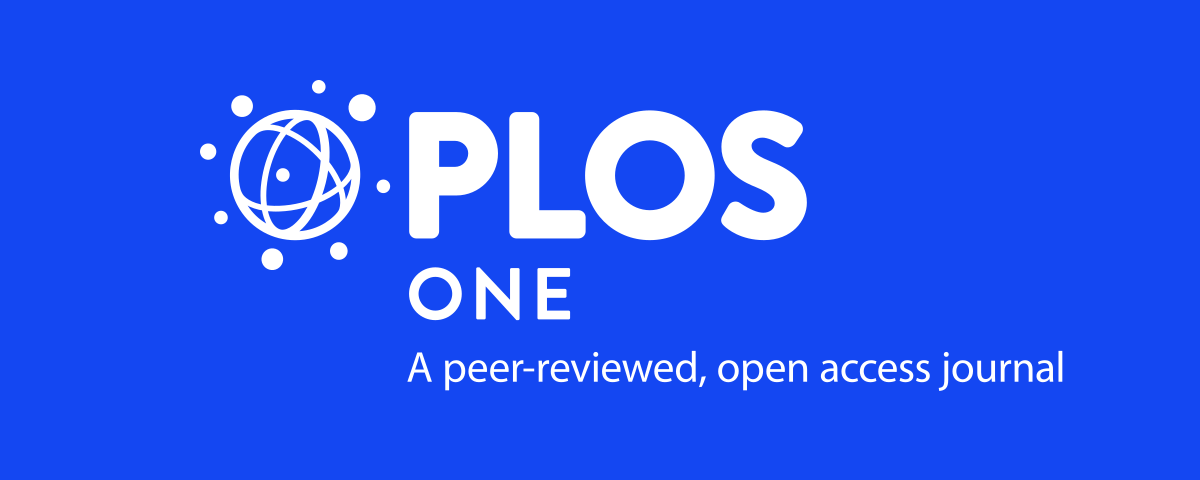Effective patient-centered case management interventions can potentially improve health and social outcomes for individuals experiencing homelessness or housing instability. This literature review examines the effectiveness and return on investment of four different case management models for homeless populations related to housing stability, mental health, substance use, quality of life, hospitalization, employment, and income.
Overall, case management approaches improved some of the above outcomes, with notable differences in impacts across the models. Intensive case management (ICM), assertive community treatment (ACT), and critical time interventions (CTI) all improved housing stability. Both ACT and CTI significantly reduced acute care utilization measures. ICM was associated with reduced levels of substance use and emergency department visits as well as improved income. ACT was the most cost-effective method for homeless individuals with severe mental illness, and in some studies showed moderate improvement on mental health outcomes and quality of life measures. However, standard case management showed little to no benefit in comparison to the more intense interventions.
These findings indicate that case management interventions for homeless individuals are more effective when the model is more intensive, continuous, and community-based. These interventions may also be most effective when specific subpopulations are targeted, such as those with severe mental health conditions.

